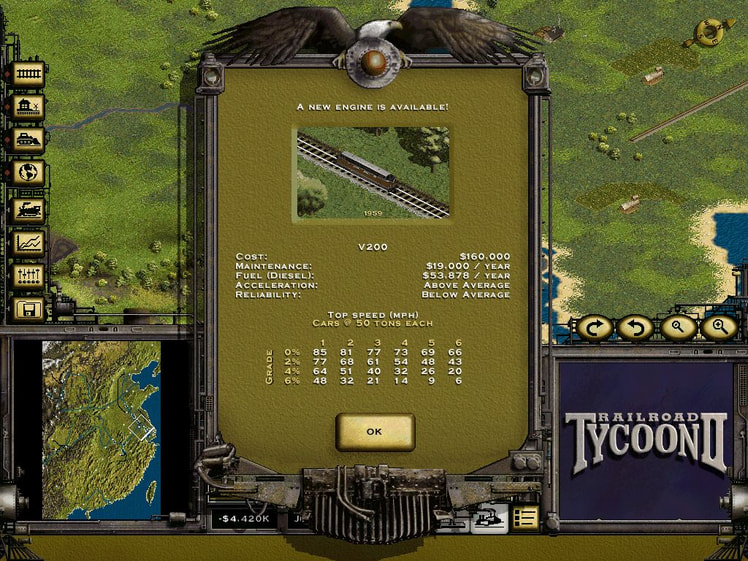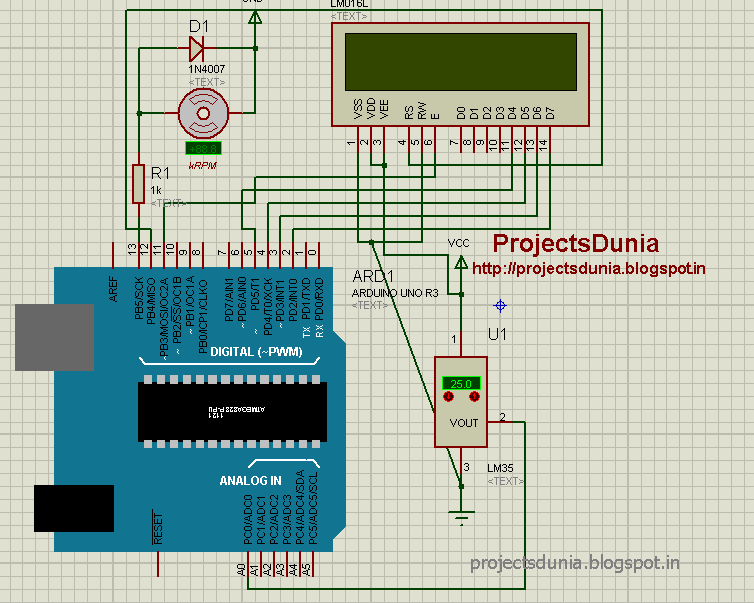Automatic Temperature Controlled Fan Using Arduino
 Jean: Yes, I hope so. While I don’t always agree with the list, it does remind me about how many titles I’d like to see in English, or in new editions, in re-translation, etc. It makes me wonder about the voting (?) process. Anokatony: You would not believe where /Cities of Salt/ falls on the list. I recognize that the “fresh and contemporary” is what most publishers are looking for, but I think sometimes a good older book can be made new again.
Jean: Yes, I hope so. While I don’t always agree with the list, it does remind me about how many titles I’d like to see in English, or in new editions, in re-translation, etc. It makes me wonder about the voting (?) process. Anokatony: You would not believe where /Cities of Salt/ falls on the list. I recognize that the “fresh and contemporary” is what most publishers are looking for, but I think sometimes a good older book can be made new again.
Aurdino based Temperature Controlled Fan - In this project, we are going to control DC fan speed according to the room temperature and show these parameter changes on a 16x2 LCD display. It is accomplished by data communications between Aurdino, LCD, DHT11 sensor module and DC Fan that is Controlled by using PWM. PWM is a technique by using which we can Control Voltage. This project consists of three sections as, One senses the temperature by using humidity and temperature sensor namely DHT11. Second section reads the dht11 sensor module’s output and extracts temperature value into a suitable number in Celsius scale and control the fan speed by using PWM.
And last part of system shows humidity and temperature on LCD and Fan driver. Here in this project we have used a sensor module namely DHT11 that are already been discussed. Here we have only used this DHT sensor for sensing temperature, and then programmed our arduino according to the requirements. Working of this project is very simple. We have created PWM at pwm pin of arduino and applied it at base terminal of transistor. Then transistor creates a voltage according to the pwm input.
Arduino, arduino temperature sensor code, Automatic fan speed control circuit by Arduino, fan, fan speed and temperature monitor, fan with speed control, genuino, LM-35, temperature Share on Tumblr. The project ‘Temperature Controlled Fan using arduino’ is simply fabricated around arduino uno board and temperature sensor LM35. The projects are good example of embedded system basically designed using closed-looped feedback control system.
In this arduino based project, we are going to control DC fan speed according to the room temperature and show these parameter changes on a 16×2 LCD display. It is accomplished by the data communications between Arduino, LCD, DHT11 sensor Module and DC fan that is controlled by using PWM. PWM is a technique by using which we can control voltage. Circuit Components • Arduino UNO • DHT11 sensor • DC Fan • 2n2222 transistor • 9 volt battery • 16×2 LCD • 1K resistor • Connecting wires This project consists of three sections. One senses the temp erature by using humidity and temperature sensor namely DHT11. Second section reads the dht11 sensor module’s output and extracts temperature value into a suitable number in Celsiu s scale and control the fan speed by using PWM. And last part of system shows humidity and temperature on LCD and Fan driver.
Here in this project we have used a sensor module namely DHT11 that are already have discuss our previous project namely “”. Here we have only used this DHT sensor for sensing temperature, and then programmed our arduino according to the requirements.
What is PWM? PWM is a technique by using we can control the voltage or power.  To understand it more simply, if you are applying 5 volt for driving a motor then motor will moving with some speed, now if we reduces applied voltage by 2 means we apply 3 volt to motor then motor speed also decreases. This concept is used in the project to control the voltage using PWM.
To understand it more simply, if you are applying 5 volt for driving a motor then motor will moving with some speed, now if we reduces applied voltage by 2 means we apply 3 volt to motor then motor speed also decreases. This concept is used in the project to control the voltage using PWM.
(To understand more about PWM, check this circuit: ) The main game of PWM is digital pulse with some duty cycle and this duty cycle is responsible for controlling the speed or voltage. Suppose we have a pule with duty cycle 50% that means it will give half of voltage that we apply. Formula for duty cycle given below: Duty Cycle= Ton/T Where T= total time or Ton+Toff And Ton= On time of pulse (means 1 ) And Toff= Off time of pulse (means 0) Read More.
